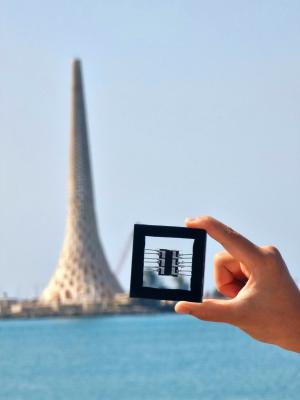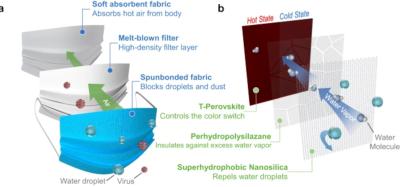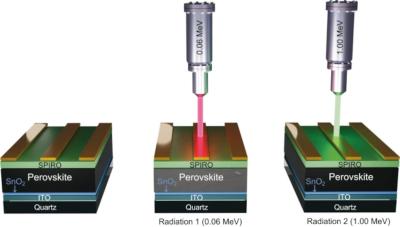Researchers develop flexible quasi-2D perovskite solar cells with high specific power and improved stability for energy-autonomous drones
Researchers at Austria's Johannes Kepler University Linz have developed lightweight, thin (<2.5 μm), flexible and transparent-conductive-oxide-free quasi-two-dimensional perovskite solar cells by incorporating alpha-methylbenzyl ammonium iodide into the photoactive perovskite layer.
The team fabricated the devices directly on an ultrathin polymer foil coated with an alumina barrier layer to ensure environmental and mechanical stability without compromising weight and flexibility.


